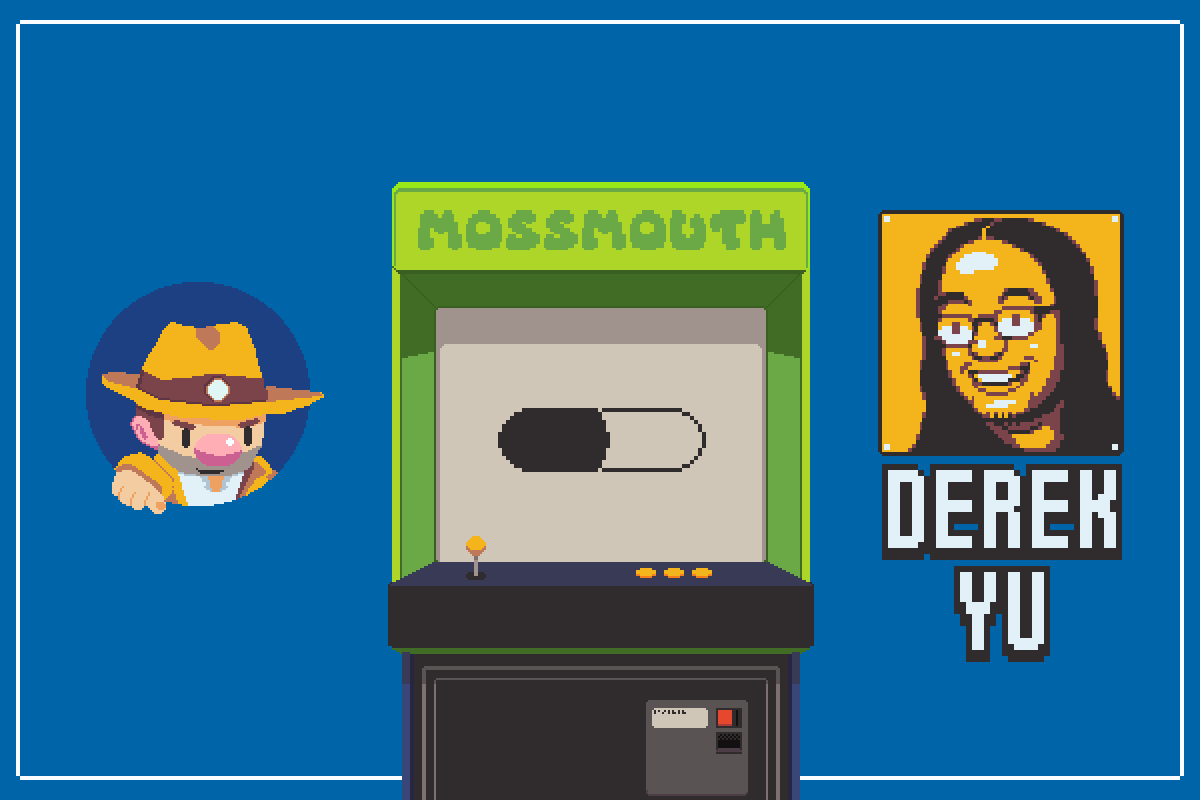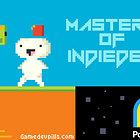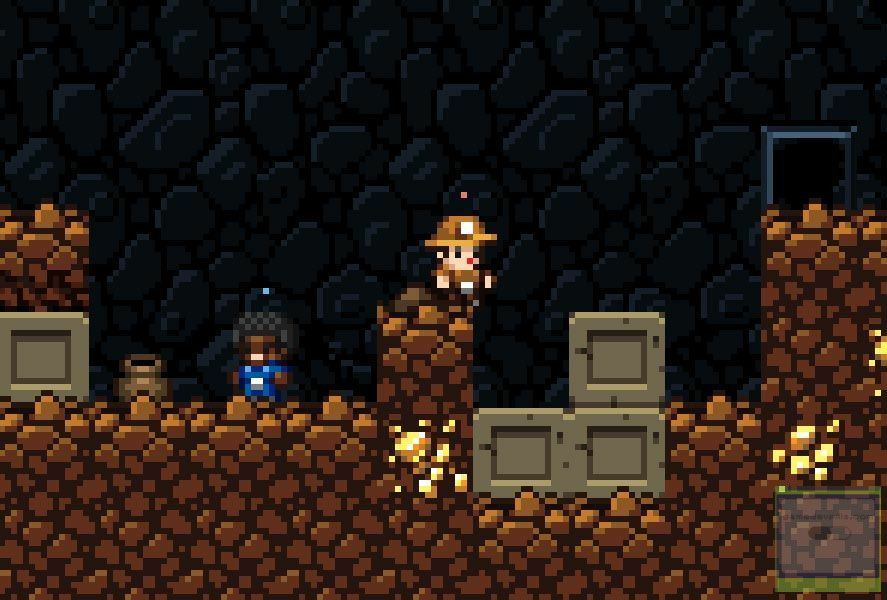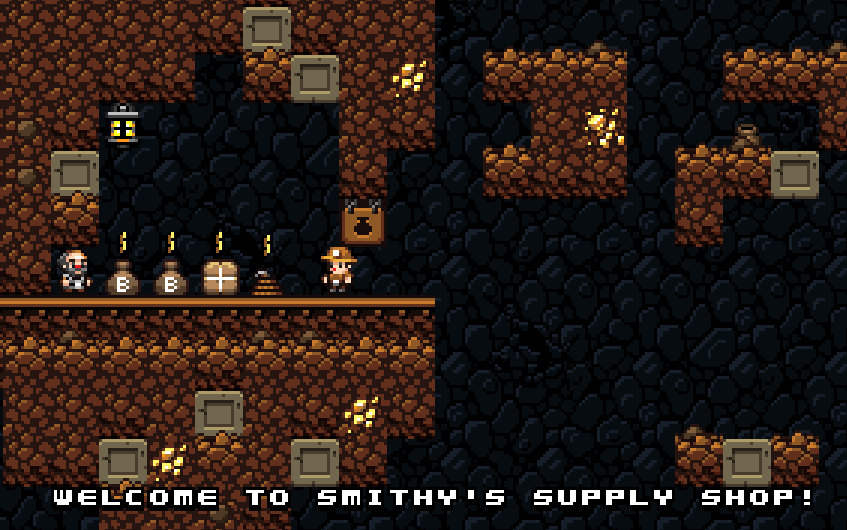The Arcade Spirit Behind Spelunky - Masters of Indiedev
Exploring how Derek Yu turned the instant feedback of arcade play into a design process that rewards curiosity, iteration, and risk
The way I’ve seen learning through my life is not only about applying what you learned, but is also about taking inspiration from people and then just adding your own personality on top of it.
In that way, you create a double value proposition working on your projects; you do it well and you create a unique experience.
Today I’m not focusing on a full studio, as I usually do in my Masters of Indiedev series
This time I want to speak about the talented human behind titles like Spelunky and UFO 50 — Derek Yu. Also known as Mossmouth, he’s one of my main references when I think about creative process and playability in videogames.
I’m pretty sure the inspiration we can take from him could have a positive impact on your gamedev journey. Don’t worry this is not going to be technical if you also want to learn about videogames in general 😊
Let’s go for it!
Derek Yu Design Principles
Thoughts and insights coming from the book “Spelunky by Derek Yu”
I really love Arcade games and probably that’s why I love the roguelike/roguelite genres. Games like Hades, Nuclear Throne, Dead Cells are my “Home Sweet home” titles.
The core idea behind arcade-based games is to reach peak interest and motivation as quickly as possible. Back in the arcade era, players had to insert coins for every session — so games had to grab your attention instantly.
Now you can go to arcades where you pay once to play as much as you want, which removes the emotional tension during the gameplay sessions, but it is still worth to try.
Arcade Planet on Seville (Andalucia, Spain)📍 is an amazing place to relive those old times.
Derek you design principles applied to Spelunky are basically taking the root of arcade game loop (Play, die, repeat) where every small action can lead to die, which is easy to say but difficult to achieve if you want to create a high quality experience, like he did.
Let’s break it down!
Development Challenges
Every creative person knows the excitement of starting a project. But seeing it through is a different challenge entirely. Yu argues that finishing is not just the final step; it is a distinct and difficult skill.
He references a computer science aphorism known as the “ninety-ninety rule,” — The first 90 percent of the code accounts for the first 90 percent of the development time. The remaining 10 percent of the code accounts for the other 90 percent of the development time.
Yet, as Yu reflects, that initial, wildly optimistic underestimation might be a psychological necessity. Had he known the project would take three years instead of one, he, his team, and even his publisher might never have started at all.
Understanding The Concept - Gameplay and Design Elements
Spelunky Classic, the first version before Spelunky was released across different platforms was developed on Gamemaker, at that time in 2009 the process of developing the Spelunky remake, specifically the Spelunky XBLA version, was defined by a series of technical and managerial challenges.
They initially attempted to build the remake using the Braid source code, generously offered by Jonathan Blow, creator of Braid.
Deciphering the Braid engine proved difficult due to the development team’s inexperience, the age of the code (over a year old since release), and the fact that it was not designed to be repurposed for a different title led them to start the remake from scratch.
The remake required moving away from Spelunky Classic’s 30 frames per second (FPS) and “floaty jump and slippery run” to a 60 FPS experience with smoother controls.
1. Character mechanics (remember, verbs)
The game contains only four primary mechanics move, jump, bomb, and rope but as Satoru Iwata said…
A good idea is something that does not solve just one single problem, but rather can solve multiple problems at once
Some examples:
Bomb. You can use bombs to start creating a new path to reach the exit of the cave and you can also put bombs to kill specific enemies
Move. The weight and movement of the character is designed to be lightweight so every non toughtful directional button pressed… could end with your session. This action move your character but you can also push blocks to step on your enemies
Yu’s philosophy was shaped by his childhood experience with the original Legend of Zelda, a game that dropped players into a vast world with almost no direction. He recalls spending hours with his dad, meticulously exploring and mapping Hyrule, marking down secrets on their map with colored pencils.
2. Level Design
Many modern games are designed like theme parks, meticulously crafted to cater to the player’s every need. Paths are clear, objectives are signposted, and the world often feels like it exists solely as a stage for the hero’s journey.
Derek Yu argues for a different, more attractive approach: indifference. A world that feels truly adventurous is one that seems to exist independently of the player, with its own rules and substance.
This design philosophy doesn’t mean the creator doesn’t care about the player. It means they respect the player enough to let them find their own way. By creating a world that is self-sufficient and indifferent, the player’s discoveries feel earned and actually rewarded by gold and gems.
3. Challenges
Every game should have challenges to keep motivation and focus during player’s session. On spelunky every single tile of pixels could be a real threat for the player — a Jar, a Snake and traps around the corner can easily be the last thing you see during your run.
Anyone who has played Spelunky knows the dread that comes with angering a Shopkeeper. Steal an item, and this harmless merchant pulls out a shotgun and becomes a relentless. His behavior seems manic, unpredictable, and dangerously intelligent.
The secret to his effectiveness, however, is a masterclass in building an appealing complex NPC AI from simple rules. The Shopkeeper operates on three basic states developed under a Finite State Machine concept:
IDLE. He simply watches over his shop, just waiting your purchaseFOLLOW. If a player picks up an item, this simple action creates a powerful moment of tension, making the player feel scrutinized and suspiciousATTACK. You are doomed, smithy is now looking for you with a shotgun,the brilliance is that his “complex” AI isn’t running sophisticated pathfinding, he is just simply jumping a lot, at random heights to trigger that feeling of fear on you as a player
Ready to Go Deeper?
During my computer science career, I had a teacher that once said “The best way to learn coding is to read other people source code” — I totally agree with him, so in case you want to learn and explore how Spelunky Classic was made.
You can download the source code, play with it on Gamemaker and actually make changes to create your own version of Spelunky.
Is super interesting to see how the worlds are procedurally generated and the way Derek Yu designed the weight and control of the character.







